As the mountaineering season unfolds in the majestic Himalayas, the Icefall Doctors diligently begin their work on the treacherous terrain of Everest’s customary path. Alongside them, numerous Sherpas from Nepal embark on their own daunting tasks on various peaks. Their responsibilities encompass not only guiding climbers to conquer summits but also transporting crucial equipment up and down formidable mountains and establishing safe passage with the meticulous placement of ropes.
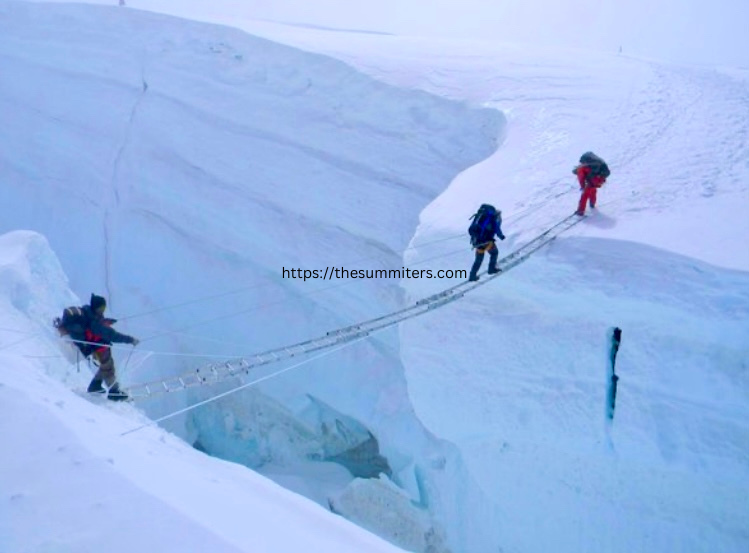
Yet, amidst the awe-inspiring landscapes and daring adventures, lurk profound dangers. The stark figures documented in The Himalayan Database and the poignant tales of loss and sacrifice underscore the grave risks that Sherpas courageously confront season after season.
Not Just Numbers: Honoring the Sherpas Lost on Everest
Three years ago I came across a photograph of a brave Nepalese sherpa who met his end on the unforgiving slopes of Everest. I’ve held onto it since as a mark of respect and gratitude. His name was Lhakpa Nuru Sherpa affectionately known as Tate Lhakpa hailing from Tate in the Khumbu district. Tragically he conceded to acute mountain sickness on May 29, 2021 at an altitude of 5,350 meters. Tate Lhakpa was a mere 42 years old, leaving behind a legacy of courage.

Another poignant memory lingers vividly in my mind. On April 14, 2022, the lifeless body of 37-year-old sherpa Ngima Tenji was discovered, seated near a relatively safe area known as the Football Field, nestled within the perilous Khumbu Icefall. Ngima Tenji met his fate around 4 am while laboring to ferry loads to Camp 1. A chilling photograph circulated at the time, depicting a helicopter executing the somber task of airlifting his body using a longline.
Tragedy struck yet again the previous year. Among the 18 souls claimed by Everest’s icy embrace, a third were those of sherpas. Among the fallen were Dawa Chhiri, Lakpa Rita, and Pemba Tenzing Sherpa, who lost their lives on April 12, 2021, at an altitude of 5,700 meters, victims of a devastating icefall collapse. Sadly, their remains could not be recovered, leaving their families and fellow climbers to mourn their loss.
The toll on Everest paints a somber picture. Of the 332 lives claimed by the mountain, a staggering 130 were those of hardworking sherpas, representing more than a third of the total fatalities. Delving into the data spanning the past decade, between 2013 and 2023, reveals that 92 individuals met their end on Everest, with 47 of them being sherpas—each death a stark reminder of the inherent dangers faced by those who dare to conquer the world’s tallest peak.
Not a New Story: Tragedies Among Everest’s Sherpas
The history of Everest is marked by sorrowful chapters dating back to June 7, 1922, when the mountain claimed its first recorded sherpas. Seven lives were lost to a devastating avalanche at 6,800 meters, setting a rugged precedent.
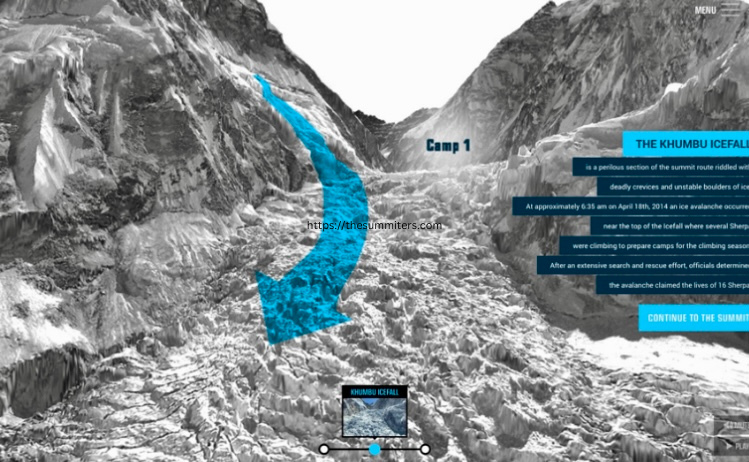
Among the various hazards on Everest the Khumbu Icefall looms as the deadliest. Spanning the path between Base Camp and Camp 1, it sees countless crossings every year. However these are the sherpas who bear the weight of its danger with nearly 50 losing their lives between 1953 and 2023 while navigating its treacherous terrain.
One of the darkest day in recent memory unfolded on April 18, 2014 at 6:45 am when a huge ice avalanche triggered by a collapsing serac claimed the lives of 16 sherpas in the Icefall. Despite a valiant recovery effort that retrieved 13 bodies, the tragedy was compounded by the Nepalese government’s insufficient compensation to the victims’ families. In solidarity, the sherpa community ceased their work for the remainder of the season.
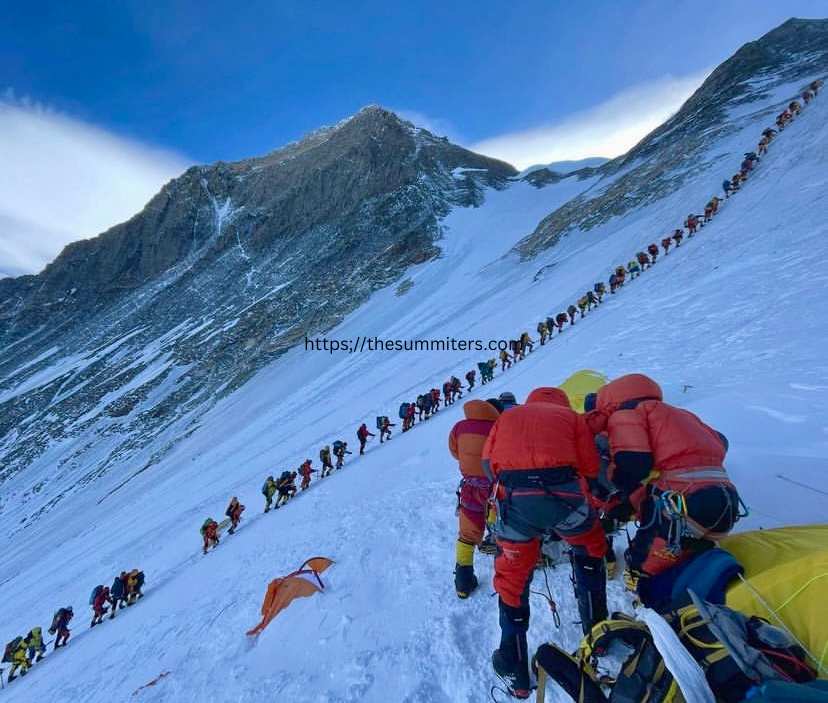
The grim reality persists: accidents are all too common, with the loss of sherpa lives almost anticipated as an occupational hazard. Yet, it’s a reality that should never be normalized. Today, many sherpas are hesitant to pass on their perilous profession to their children, recognizing the inherent risks involved.
On April 5, 1970, six sherpas met their fate in the Icefall due to a serac collapse at 5,700 meters. Just four days later, another sherpa perished in a lower section, at 5,525 meters, serving as a poignant reminder of the unforgiving nature of Everest’s icy embrace.
Roger Marshall’s Viewpoint: Khumbu Icefall
Back in 1986, The New York Times Magazine featured an insightful piece titled “One Man Vs. Everest,” presenting the thoughts of the late British-Canadian climber, Roger Marshall. In this article, Marshall delved into his decision to refrain from hiring sherpas for his expeditions.
Marshall raised a poignant argument, highlighting the longstanding practice of sherpas shouldering the arduous tasks for Western climbers. He, alongside others, condemned this arrangement, labeling it not only unsupportive but also morally questionable and inherently cruel.
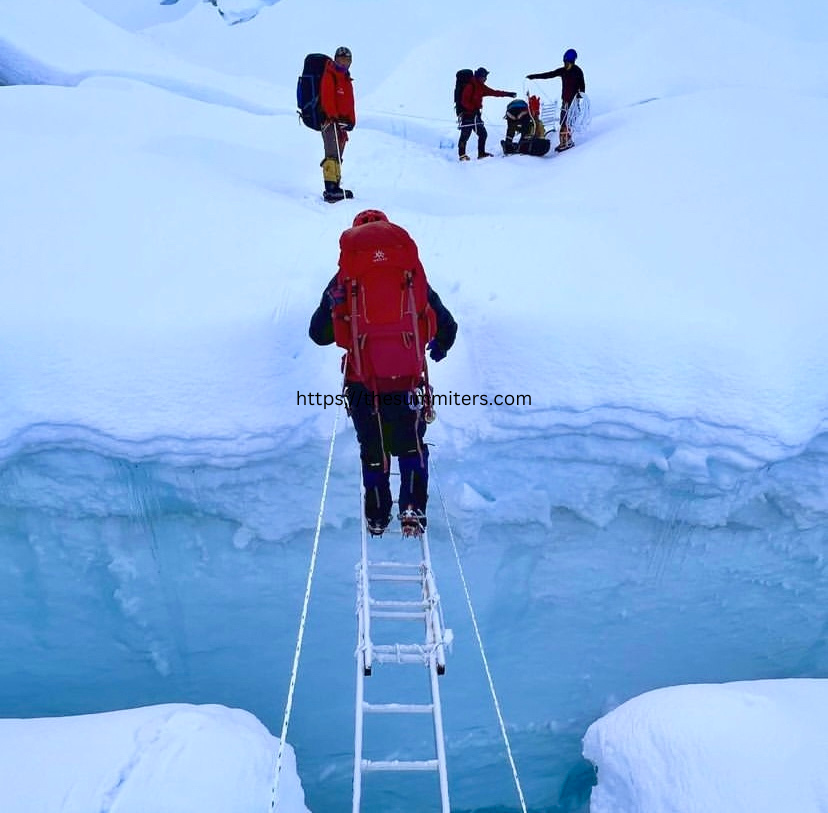
Drawing attention to the perilous nature of their work, Marshall underscored the harrowing journeys sherpas undertake through treacherous terrain like the Khumbu Icefall, where tragedy frequently strikes. He expressed profound empathy, stating, “Witnessing the suffering of injured sherpas and the plight of their widowed spouses, I found it ethically untenable to engage their services.”
Moreover, Marshall shed light on the socioeconomic dynamics at play, suggesting that financial incentives were the primary motivation for sherpas to engage in climbing endeavors. Traditionally farmers and traders, sherpas were thrust into the realm of mountaineering to make ends meet. Marshall lamented the stark contrast between the enjoyment Western climbers derived from their adventures and the sacrifices demanded of the sherpas, asserting that no monetary compensation could justify the risks they faced.
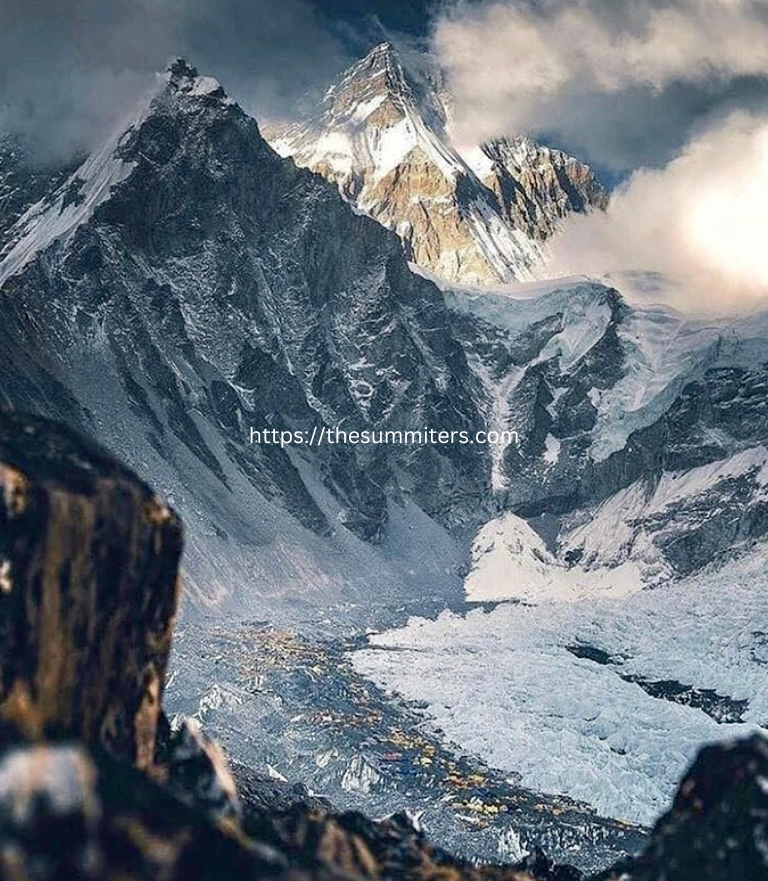
In the years following Marshall’s reflections, significant shifts have occurred. Sherpas have transitioned into successful entrepreneurs establishing their own climbing enterprises and offering opportunities to a greater number of their countrymen than ever before. This transformation reflects a departure from the exploitative practices of the past gesturing a more equitable and inclusive future for the Sherpa community within the realm of mountaineering.
Source: ExplorersWeb